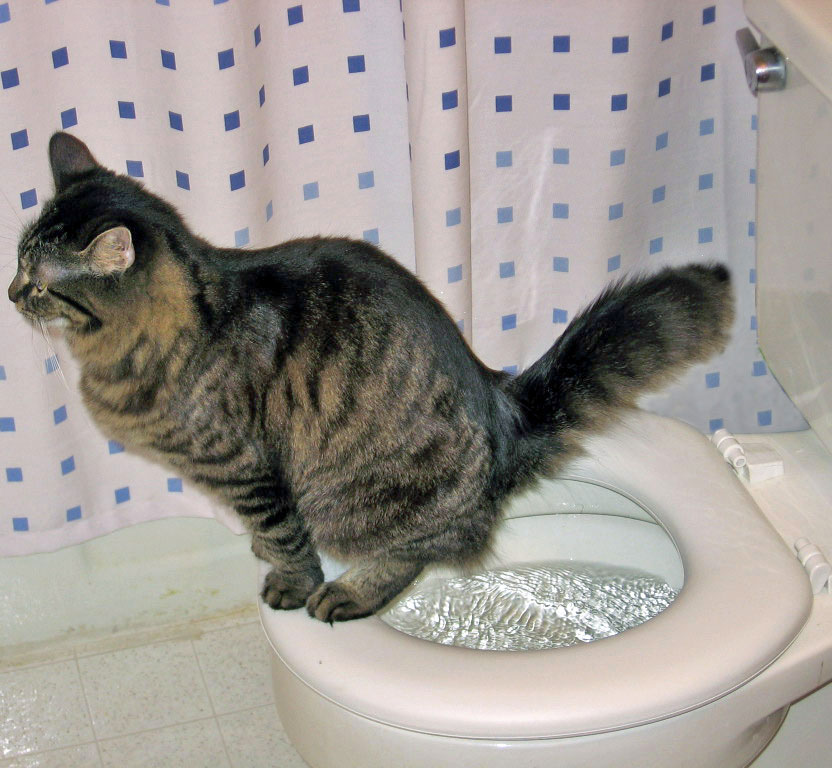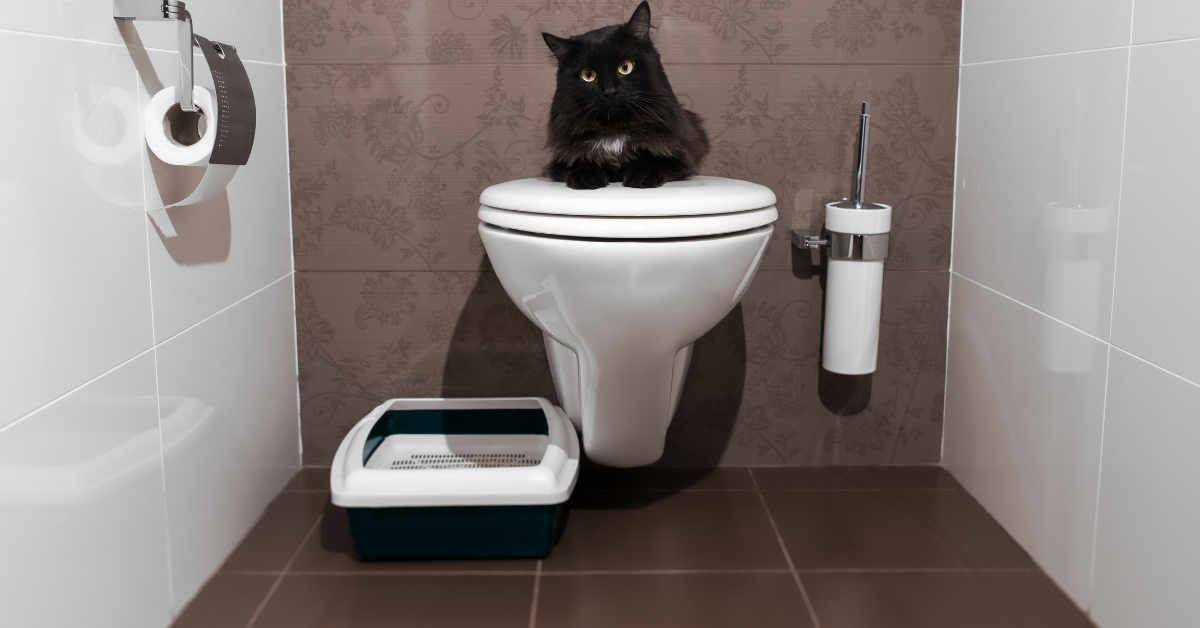Reasons Flushing Cat Poop Down Your Toilet Can Cause Problems - Tips for Safe Disposal
Reasons Flushing Cat Poop Down Your Toilet Can Cause Problems - Tips for Safe Disposal
Blog Article
We have noticed this post on Can You Flush Cat Poo or Litter Down the Toilet? listed below on the internet and thought it made sense to discuss it with you on this page.

Intro
As cat proprietors, it's necessary to bear in mind just how we get rid of our feline friends' waste. While it might appear practical to purge cat poop down the commode, this practice can have damaging consequences for both the atmosphere and human health and wellness.
Ecological Impact
Flushing feline poop presents damaging virus and parasites into the water, positioning a considerable threat to water ecosystems. These contaminants can adversely affect aquatic life and compromise water high quality.
Wellness Risks
In addition to environmental issues, flushing pet cat waste can likewise pose wellness threats to human beings. Pet cat feces might consist of Toxoplasma gondii, a parasite that can trigger toxoplasmosis-- a possibly serious disease, especially for pregnant ladies and people with weakened body immune systems.
Alternatives to Flushing
Thankfully, there are safer and extra liable means to dispose of pet cat poop. Take into consideration the adhering to options:
1. Scoop and Dispose in Trash
One of the most common method of dealing with feline poop is to scoop it into a naturally degradable bag and toss it in the garbage. Be sure to use a dedicated litter scoop and take care of the waste without delay.
2. Use Biodegradable Litter
Opt for eco-friendly feline trash made from materials such as corn or wheat. These clutters are eco-friendly and can be safely taken care of in the trash.
3. Hide in the Yard
If you have a backyard, take into consideration burying cat waste in an assigned location away from veggie gardens and water sources. Make certain to dig deep enough to avoid contamination of groundwater.
4. Install a Pet Waste Disposal System
Invest in an animal waste disposal system especially developed for feline waste. These systems use enzymes to break down the waste, minimizing odor and ecological influence.
Conclusion
Liable pet dog possession expands beyond giving food and shelter-- it additionally entails proper waste administration. By avoiding purging feline poop down the commode and opting for alternate disposal techniques, we can lessen our ecological impact and shield human health.
Why Can’t I Flush Cat Poop?
It Spreads a Parasite
Cats are frequently infected with a parasite called toxoplasma gondii. The parasite causes an infection called toxoplasmosis. It is usually harmless to cats. The parasite only uses cat poop as a host for its eggs. Otherwise, the cat’s immune system usually keeps the infection at low enough levels to maintain its own health. But it does not stop the develop of eggs. These eggs are tiny and surprisingly tough. They may survive for a year before they begin to grow. But that’s the problem.
Our wastewater system is not designed to deal with toxoplasmosis eggs. Instead, most eggs will flush from your toilet into sewers and wastewater management plants. After the sewage is treated for many other harmful things in it, it is typically released into local rivers, lakes, or oceans. Here, the toxoplasmosis eggs can find new hosts, including starfish, crabs, otters, and many other wildlife. For many, this is a significant risk to their health. Toxoplasmosis can also end up infecting water sources that are important for agriculture, which means our deer, pigs, and sheep can get infected too.
Is There Risk to Humans?
There can be a risk to human life from flushing cat poop down the toilet. If you do so, the parasites from your cat’s poop can end up in shellfish, game animals, or livestock. If this meat is then served raw or undercooked, the people who eat it can get sick.
In fact, according to the CDC, 40 million people in the United States are infected with toxoplasma gondii. They get it from exposure to infected seafood, or from some kind of cat poop contamination, like drinking from a stream that is contaminated or touching anything that has come into contact with cat poop. That includes just cleaning a cat litter box.
Most people who get infected with these parasites will not develop any symptoms. However, for pregnant women or for those with compromised immune systems, the parasite can cause severe health problems.
How to Handle Cat Poop
The best way to handle cat poop is actually to clean the box more often. The eggs that the parasite sheds will not become active until one to five days after the cat poops. That means that if you clean daily, you’re much less likely to come into direct contact with infectious eggs.
That said, always dispose of cat poop in the garbage and not down the toilet. Wash your hands before and after you clean the litter box, and bring the bag of poop right outside to your garbage bins.
https://trenchlesssolutionsusa.com/why-cant-i-flush-cat-poop/

We hope you enjoyed our piece on How to Dispose of Cat Poop and Litter Without Plastic Bags. Thanks a lot for finding the time to read through our content. Sharing is good. Helping people is fun. Thanks for going through it.
Try Here Report this page